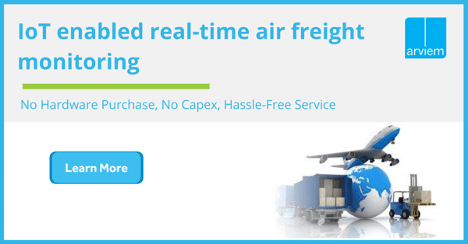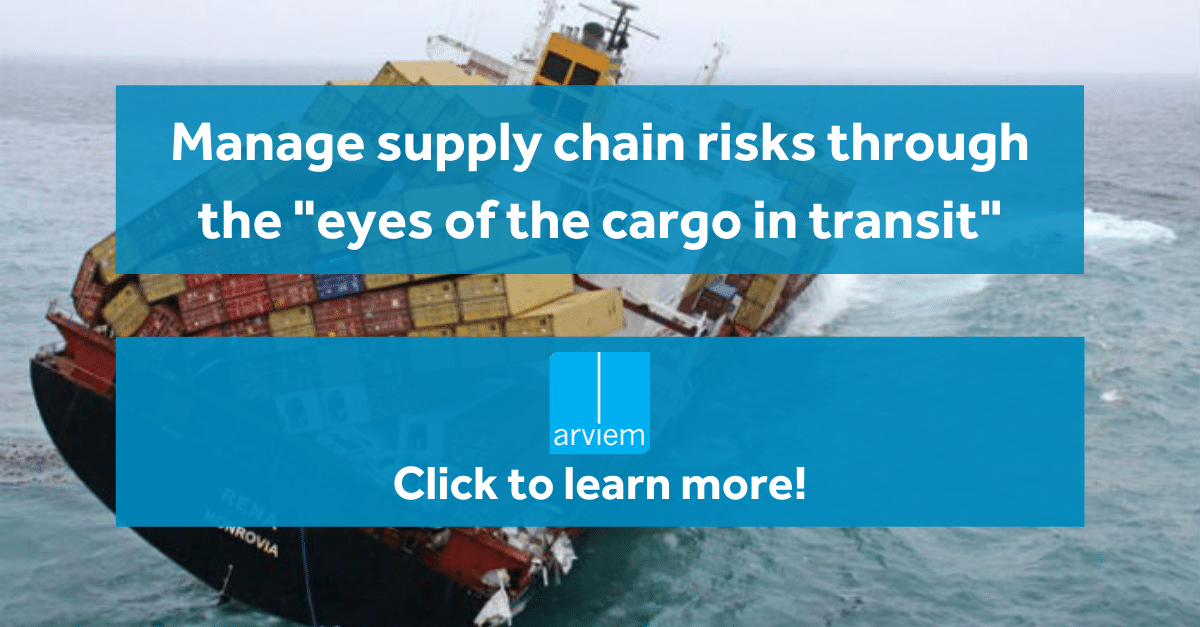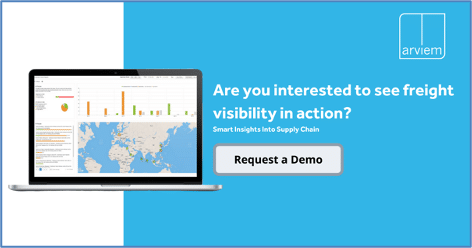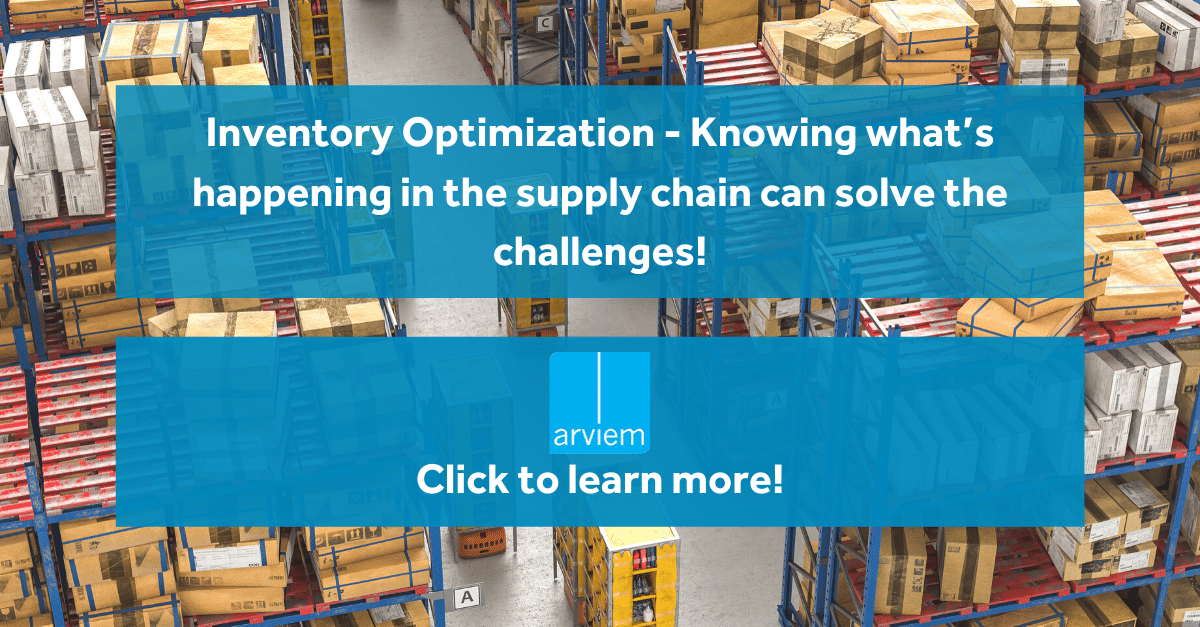In the fast-paced world of air freight, monitoring technology plays a crucial role in maintaining visibility for your shipments. With advanced monitoring solutions, you can now keep track of your air freight effectively, regardless of external circumstances. Stay on top of your shipments during challenging times and beyond, ensuring smooth operations and peace of mind. Embrace monitoring technology for enhanced control and real-time updates on your valuable cargo.
Shipping goods in the air with confidence thanks to IoT enabled sensors
As on-time and safe arrival of air freight shipments are of primary importance, businesses increasingly value convenience and transparency in knowing the whereabouts of shipments in real-time. IoT-enabled air freight monitoring technology provides not only location updates but also monitors granular environmental conditions while in the air. This data helps shippers and carriers maintain a chain of command as well as adherence to FSMA and other government regulations.
Air freight visibility data helps to reduce waste from inefficient processes, document control of the cargo and minimize the risk of loss. It also reduces excessive communication by allowing vested parties to track in real-time. While this information is enough for static goods, cool and cold-chain shipments such as food and pharmaceuticals require temperature monitoring. Other sensitive freight must log conditions such as humidity levels, light exposure and shock at every stage of the journey.
In short, an independent real-time, data-based solution such as Arviem’s air cargo monitoring, provides you all you need to monitor and track your cargo while it is in transit:
- End-to-end coverage of shipments: Real-time data gives you updates not only at checkpoints but all the way from source to destination including airports, flight and customs
- Condition monitoring data: More than the location data, get insights about parameters that affect the quality of your goods e.g. temperature& humidity excursions, shock, light exposure
- Proactive alerts: Instant notification alerts to all stakeholders regarding delays, stoppage, route changes, condition changes, enable you to make timely decisions and actions at the right time
- ETA alerts: With predictive ETA’s you know where your air freight is at any given time when it will arrive at its destination and all possible delays. This helps to better manage inventory and make vital route optimization based on real-time data insights and analysis.
- Data at customs location: Be in the know when the shipments are opened at customs when they’re being inspected when the process gets delayed enabling you to expedite the customs clearance process
- Hassle-free device reverse logistics: As technology is part of the monitoring service, Arviem takes care of device logistics, maintenance, repair and reverse logistics
- Device approval by airlines: The monitoring devices used to monitor the shipments are licensed and approved by most airlines globally
Why not rely ONLY on air freight tracking by airlines?
Numerous air freight companies are offering air freight tracking services to meet the increasing demand for transparency. The solutions available offer only milestone-based visibility where the location of goods is only tracked at specific checkpoints. Moreover, the conditions such as temperature, humidity, and shocks are not monitored by the available solutions from airlines and air freight companies. These limitations, make milestone-based tracking solutions ineffective in safely and securely shipping temperature-sensitive products through air freight. Also, sharing information from airlines within complex global supply networks with all the tiers of the supply chain is getting more and more difficult to manage due to disparate information systems.
Technology has enabled us to keep track of everything. However, when it comes to precious cargo up in the air, just tracking and tracing your cargo’s location is not enough. If you want to be with your cargo through every moment of its journey from origin to destination, it is wiser to not only track but also monitor it and get data that enables correct and timely action.
Implementing a smart, technology-based visibility and monitoring solution gives shippers and carriers the critical information to make informed decisions when a deviation occurs. It also helps to better plan routes and create operational efficiencies. Additionally, historical data combined with real-time data provides comparative route performance analysis enabling continuous improvement initiatives to guarantee faster deliveries.
Are you still not convinced of implementing IoT-enabled cargo monitoring for your air freight?
Below we summarize the methods available for you beyond IoT-enabled monitoring to track your shipments:
- Track and trace by airlines: You log into the airline portals and track the respective aeroplane in which a shipment is loaded. This method only gives you a location update from take-off to landing. End-to-end visibility before take-off, within airports and after landing is out of reach.
- Track air freight via your freight forwarder: This approach combines data from airline portals and APIs from GPS trackers used by freight forwarders or carriers. This method is dependent on data providers and involves multiple systems that cause data inefficiency and unreliability.
- GPS-based trackers owned and managed by cargo owners: Buying and managing a pool of trackers put additional stress on your organization. It requires additional processes to manage the reverse logistics, maintenance, repair of the trackers used.





